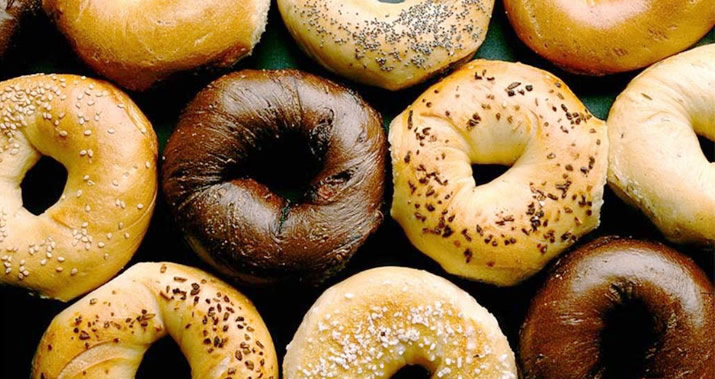
You may think that a carb is a carb is a carb, but that’s simply not true. Different carbohydrates affect your blood sugar levels differently when consumed. One critical difference is how fast and by how much blood sugar levels increase after eating certain foods. The Glycemic Index quantifies this using glucose (with a GI of 100) as the benchmark. So, potatoes, for instance, with a GI of 95, cause a rapid jump in blood sugar levels and an immediate demand for insulin, while lentils, with a GI of 25, release sugars into the bloodstream much more gradually. But how does this affect you?
High Glycemic Foods Elevate Insulin and Stimulate Fat Storage
The Glycemic Index indicates the degree to which a carb causes your body to secrete insulin. The secreted insulin goes to work to lower blood glucose levels by increasing its storage as fat and its utilization by body tissues. That is why Glycemic Index is such a critical tool for diabetics. People trying to avoid sharp rises in blood sugar levels are wise to eat foods with a low Glycemic Index. A low Gl translates to lower insulin demand, better long-term blood glucose control and a reduction in blood lipids.
In addition, the Glycemic Index lets you know what effect a food will have on your body and which foods to avoid when trying to lose weight. The higher the GI, the quicker the sugar is metabolized and either used by the body or stored as fat. Foods with a high Glycemic Index demand greater insulin output and are also potentially more fattening.
Complex carbohydrates like fruits, vegetables and whole grain breads have lower GIs. They take longer to break down into glucose and thus their sugars enter the bloodstream more slowly, allowing our bodies time to utilize their energy rather than store it away as fat.
Learn to Spot High Glycemic Foods
Again, a food’s Glycemic Index refers to how much and how quickly it raises blood sugar levels. Carbohydrates that break down quickly into glucose have the highest Glycemic Index. Generally speaking, foods like potatoes, rice, white bread, cereals and sweets have high GIs, while most fruits, vegetables, legumes and whole grains have much lower GIs as do proteins and fats which are among the lowest GIs since they must first be converted from amino acids and fatty acids to glucose.
There are a number of factors that can affect a food’s Glycemic Index including: how the food is processed and cooked, what other foods are eaten at the same time and, in the case of some fruits, like bananas, how ripe the fruit is. Even a person’s age, level of activity and rate of digestion can affect the Glycemic Index of a food for that particular individual.
The following chart gives an overview of the Glycemic Index ranges of common food types:
- Low GI (55 or less): most fruits and vegetables (except potato, watermelon and sweet corn), whole grains, beans and lentils
- Medium GI (56-69): sucrose, croissant, basmati rice, brown rice
- High GI (70 +): corn flakes, baked potato, some white rices (jasmine), white bread, candy bars
For a comprehensive alphabetical listing of foods and their Glycemic Indices, check your local bookstore for books like: The New Glucose Revolution Shopper’s Guide to GI Values 2008: The Authoritative Source of Glycemic Index Values for More Than 1,000 Foods.
Individuals who adhere to a low GI diet can significantly lower their risk of developing both type 2 diabetes and coronary heart disease. The converse is also true; individuals whose diets are rich in high GI foods run an increased risk of obesity, heart disease and diabetes.
How does Glycemic Index Affect Weight Loss?
Studies have shown that after the insulin surge produced by consuming high GI foods, people tend to eat 60-70% more calories at their next meal. On the other hand, low Glycemic foods don’t stimulate food-craving hormones that can trigger eating binges.
If you’re looking to lose weight, then a balanced diet with a higher percentage of low Glycemic foods can aide weight loss and help reduce excess body fat.
So, don’t just count calories and don’t just count carbs – look at the whole picture and limit the amount of high glycemic foods in your daily diet. You’ll feel better, be healthier and lose weight more quickly if you watch the Glycemic Index of the foods you eat at meals and in between.